Let Them Rest: Understanding Succulent Dormancy Cycles
If you’ve noticed your succulents looking a bit lackluster lately, they might not be struggling—they could simply be taking a well-deserved break. Just like many living things, succulents have natural periods of dormancy that are critical to their survival and long-term health. While it’s easy to assume your plant needs more water or attention when it starts showing signs of slowing down, understanding these pivotal rest periods can make the difference between nurturing a thriving collection and inadvertently harming your plants. Let’s explore how you can recognize and support your succulents through their dormant phases.
Contents
What Is Succulent Dormancy
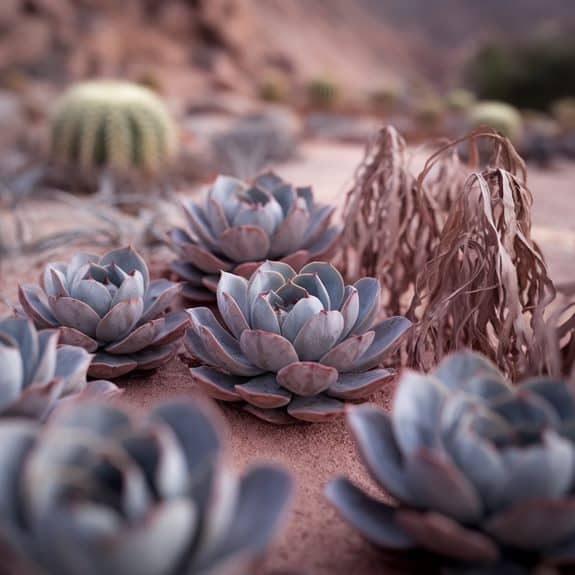
Succulent dormancy is a natural period of rest when the plant’s growth remarkably slows or stops entirely. During this time, your succulent conserves energy and resources by reducing water intake and metabolic processes.
You’ll notice your plant looking less vibrant, with some species even dropping leaves or showing color changes. It’s your plant’s way of adapting to challenging environmental conditions.
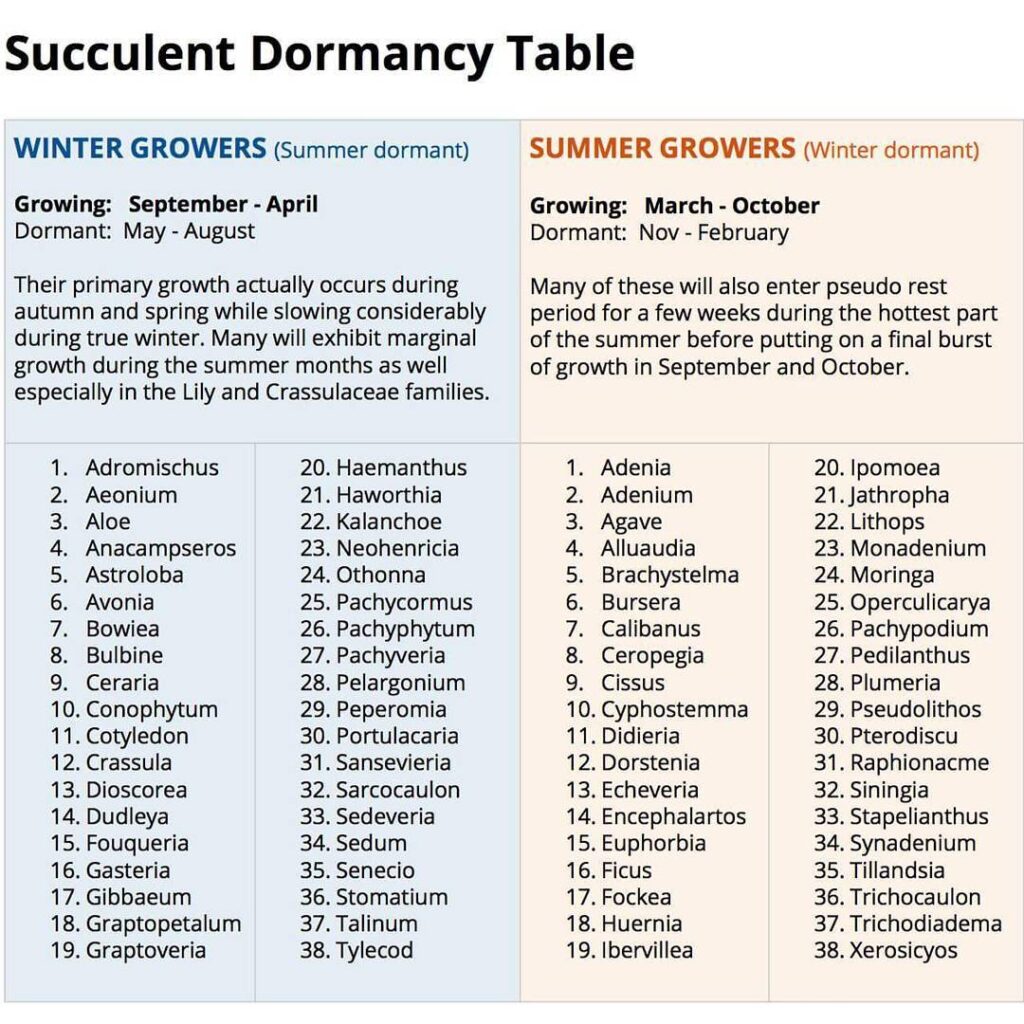
Signs Your Succulent Needs Rest
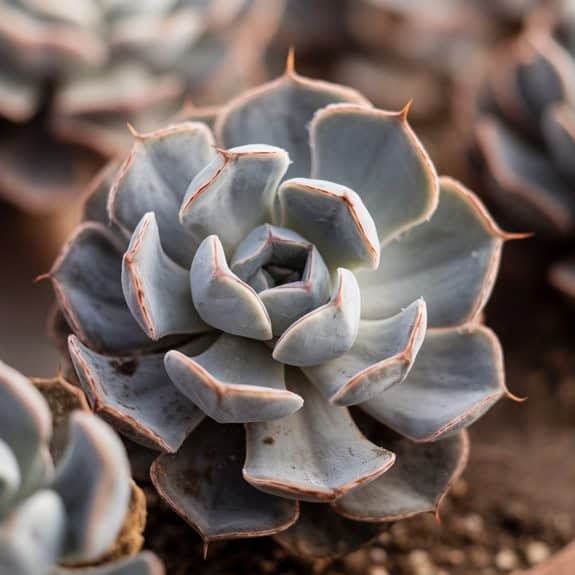
Recognizing when your succulent needs dormancy isn’t always obvious, but several key indicators can help you spot it. Watch for slowed growth, drooping or wrinkled leaves despite proper watering, and fading leaf color.
You’ll notice your plant isn’t responding to normal care routines, and new growth may appear weak or stretched. Some succulents will naturally drop their lower leaves.
Summer Versus Winter Dormancy
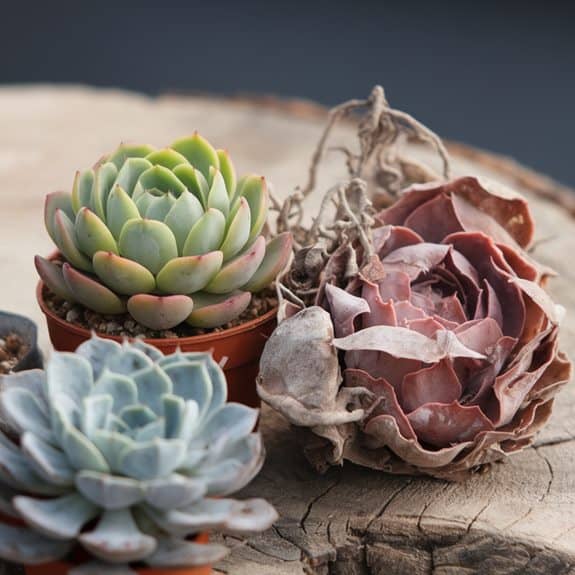
During the year, different succulent species enter dormancy in opposing seasons, with some resting in summer while others slow down in winter. Your winter-dormant plants, like Aeonium and Aloe, will pause growth when temperatures drop below 60°F.
Meanwhile, summer-dormant varieties, including Lithops and Conophytum, conserve energy during intense heat, so you’ll want to reduce watering and avoid fertilizing during their respective rest periods.
Watering During Dormant Periods
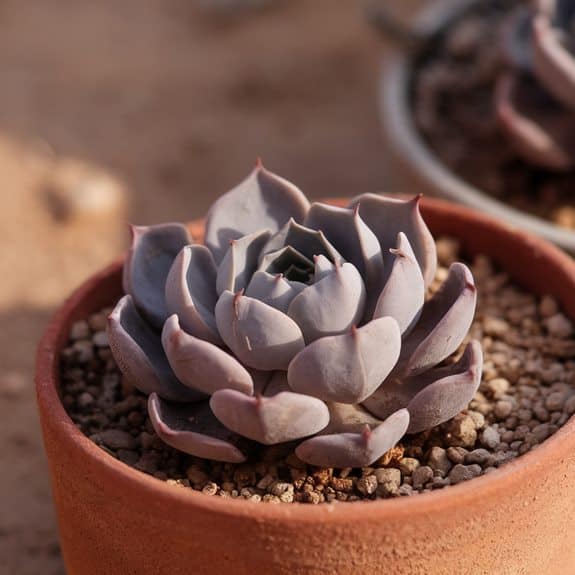
Throughout dormancy, proper watering becomes critical to prevent rot and maintain plant health. You’ll need to drastically reduce watering frequency – once every 3-4 weeks for winter-dormant succulents and every 4-6 weeks for summer-dormant varieties.
Only water when the soil is completely dry, and use just enough to prevent shriveling. Never water if temperatures drop below 40°F (4°C).
Common Dormancy Mistakes
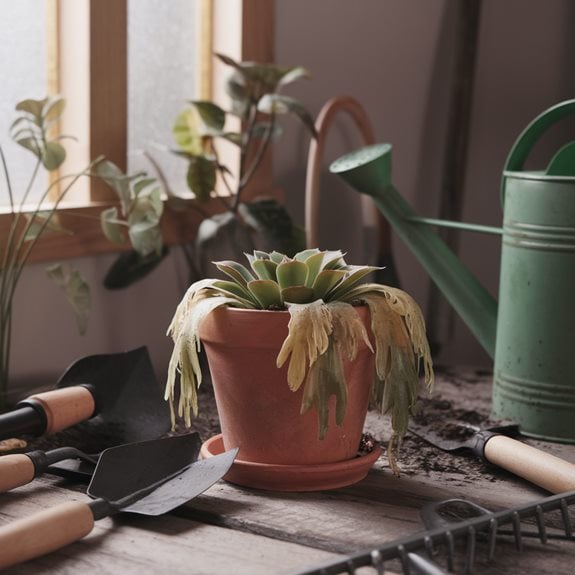
When caring for dormant succulents, even experienced gardeners can make critical mistakes that compromise plant health. You’ll harm your plants by continuing regular watering schedules during dormancy, forcing growth with artificial lights, or repotting while they’re resting.
Don’t mistake dormancy for illness – those wrinkled leaves and dull colors are natural signs of your succulent’s restorative period.
Caring For Resting Succulents
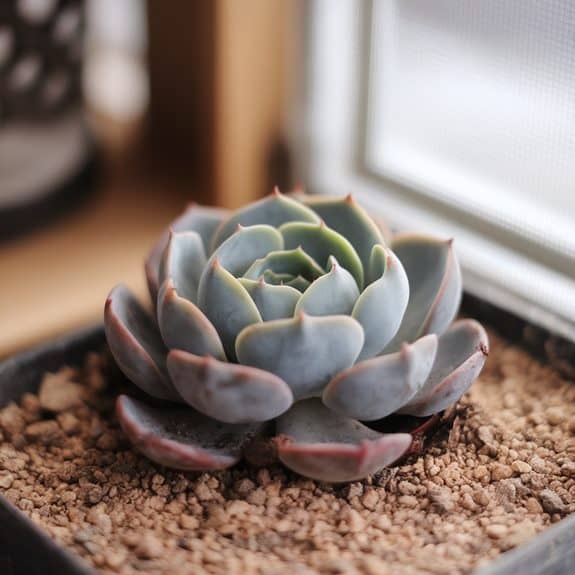
Proper care of resting succulents requires three essential adjustments to your normal routine.
Cut your watering frequency by half, letting the soil dry completely between sessions. Move your plants to a cooler spot with less direct sunlight.
Preparing For Growth Season
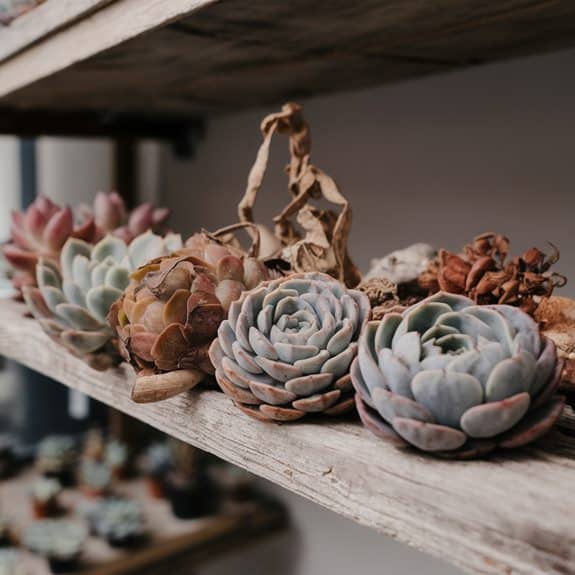
As spring approaches, you’ll need to gradually wake your succulents from their dormant state.
Begin increasing their water intake every 10 days, but watch for signs of overwatering.
Move them to brighter spots slowly to prevent shock.
Add fresh well-draining soil and apply a balanced fertilizer at quarter strength.
Remove any dead leaves to encourage healthy new growth.
